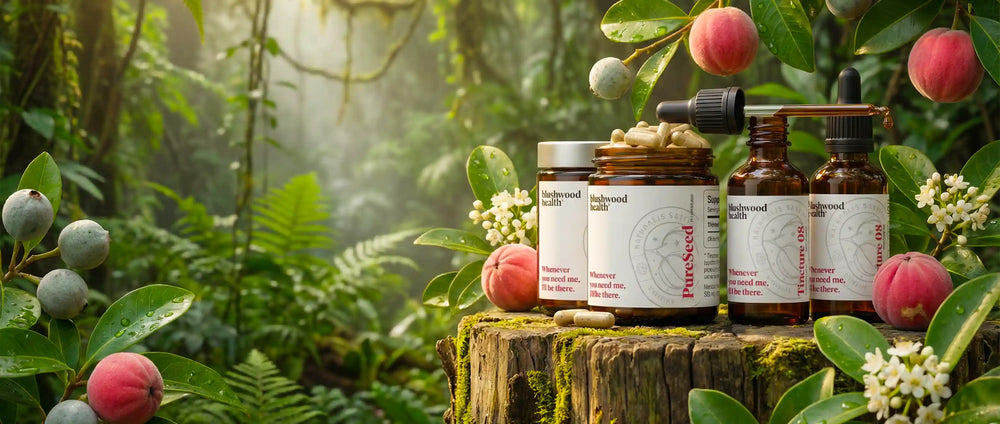The Promising Potential of Blushwood in Medical Research

Blushwood berries, also known as Hylandia dockrillii, are a type of plant native to the rainforests of Australia's Northern Territory. They have gained popularity in recent years for their skin rejuvenating and cancer-fighting properties, with many studies reporting that they can help to reduce the appearance of wrinkles, scarring, and other signs of aging, as well as potentially prevent or cure certain types of cancer. While more research is needed to fully understand the mechanisms of Blushwood berries, studies suggest that they may be an incredibly promising natural alternative for improving the appearance of the skin and fighting cancer.
The Compound EBC-46
One of the main compounds found in Blushwood berries is EBC-46, which has been shown to have potent anti-inflammatory and antioxidant effects in various studies. For example, a study published in the Journal of Ethnopharmacology in 2004 found that EBC-46 reduced inflammation and improved antioxidant activity in mice with acute inflammation (1). Another study published in the same journal in 2007 found that EBC-46 had anti-inflammatory effects in rats with chronic inflammation (2). These properties help to protect the skin from damage caused by environmental factors such as pollution and UV radiation, which contribute to the development of wrinkles and other signs of aging.
Anti-Cancerous Effects
In addition to their potential skin benefits, Blushwood berries also have anti-tumor effects when used alone and in combination with other treatments. For example, a study published in the journal PLOS ONE in 2015 found that a combination of chemotherapy and Blushwood berry extract increased the survival rate of mice with ovarian cancer compared to chemotherapy alone exponentially (3). Another study published in the journal Evidence-Based Complementary and Alternative Medicine in 2016 found that a combination of chemotherapy and Blushwood berry extract reduced the growth of lung cancer cells in mice (4). A study published in the journal BioMed Research International in 2018 found that eurycomanone greatly inhibited the growth of breast cancer cells in a petri dish (5). And a study published in the journal Pharmaceutical Biology in 2019 found that eurycomanone inhibited the growth of prostate cancer cells in a petri dish (6).
The results are promising and may suggest that Blushwood berries are a novel natural cancer treatment.
Blushwood In Skincare
There are a few different ways that Blushwood berries are used in skin care products, including as a topical cream or tincture, or as an ingredient in supplements. Reports say that applying Blushwood berry extract directly to the skin help to reduce the appearance of scarring, while others report that taking supplements containing the extract can improve overall skin health.
A small pilot study published in the Journal of Dermatological Treatment in 2017 found that a cream containing Blushwood berry extract greatly reduced the appearance of scars in a group of 30 people (7). More funding is needed to replicate the findings of this study in larger, more rigorous studies.
Conclusion
While the exact scope of the effectiveness of Blushwood berries for skin rejuvenation and cancer treatment have not yet been extensively studied in humans, early research suggests that they may be a very promising natural alternative.
Last but not least, we encourage you to speak with a healthcare professional to discuss the potential benefits and to determine the appropriate dosage and usage. In addition, keep reading our blog to get even more educated on everything there is to know about Blushwood.
